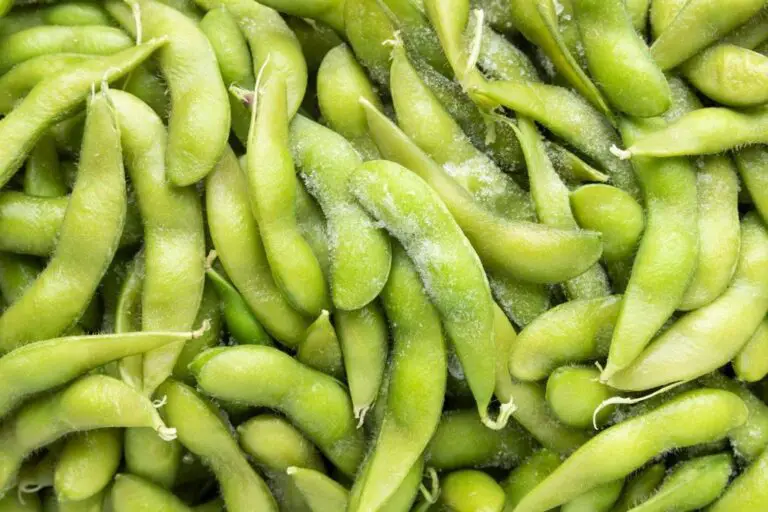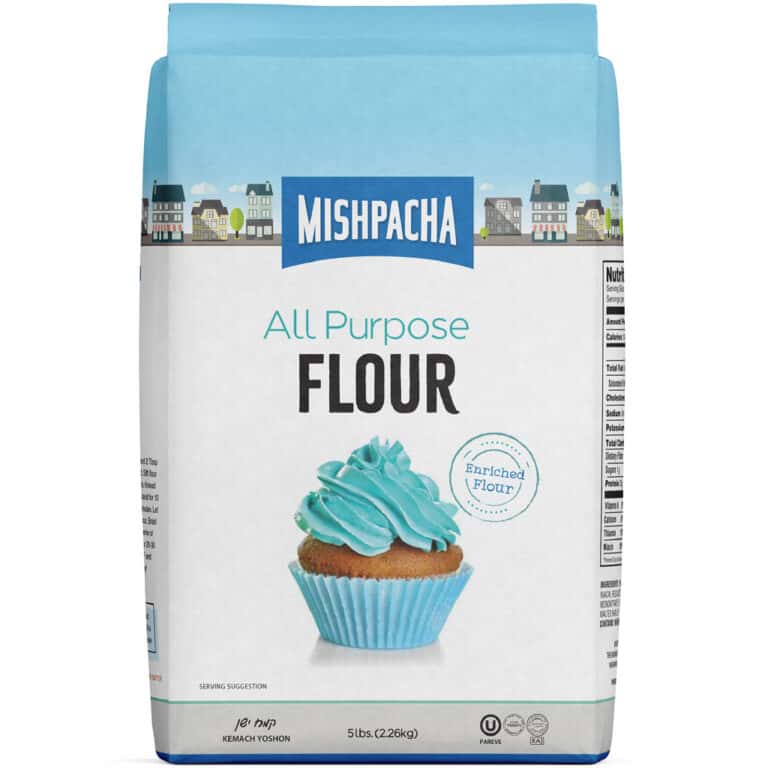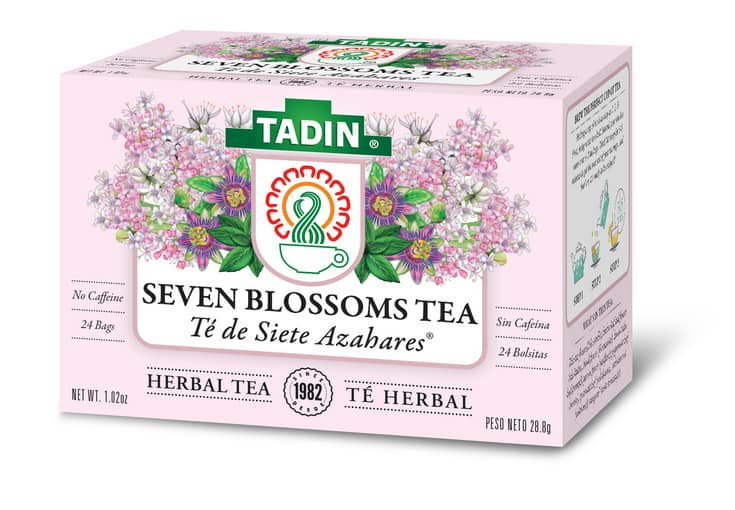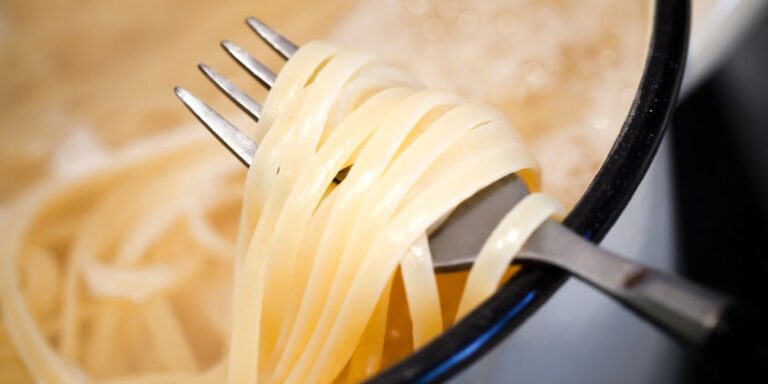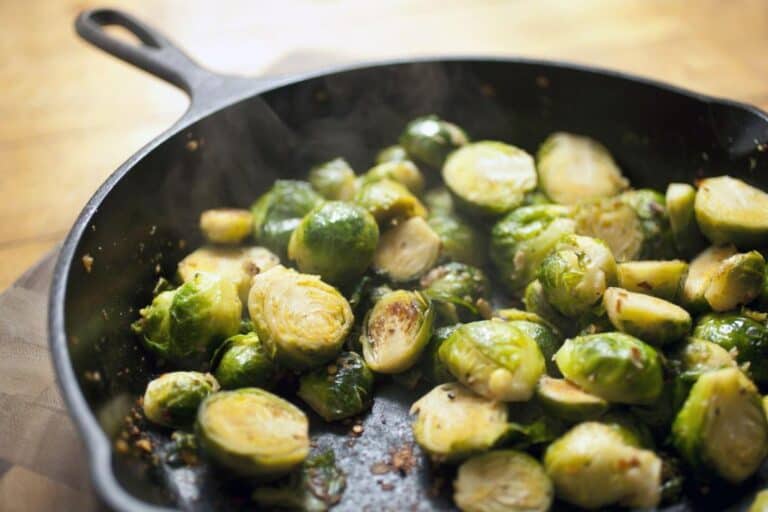Can You Eat Brussels Sprout Leaves? What Are the Benefits?
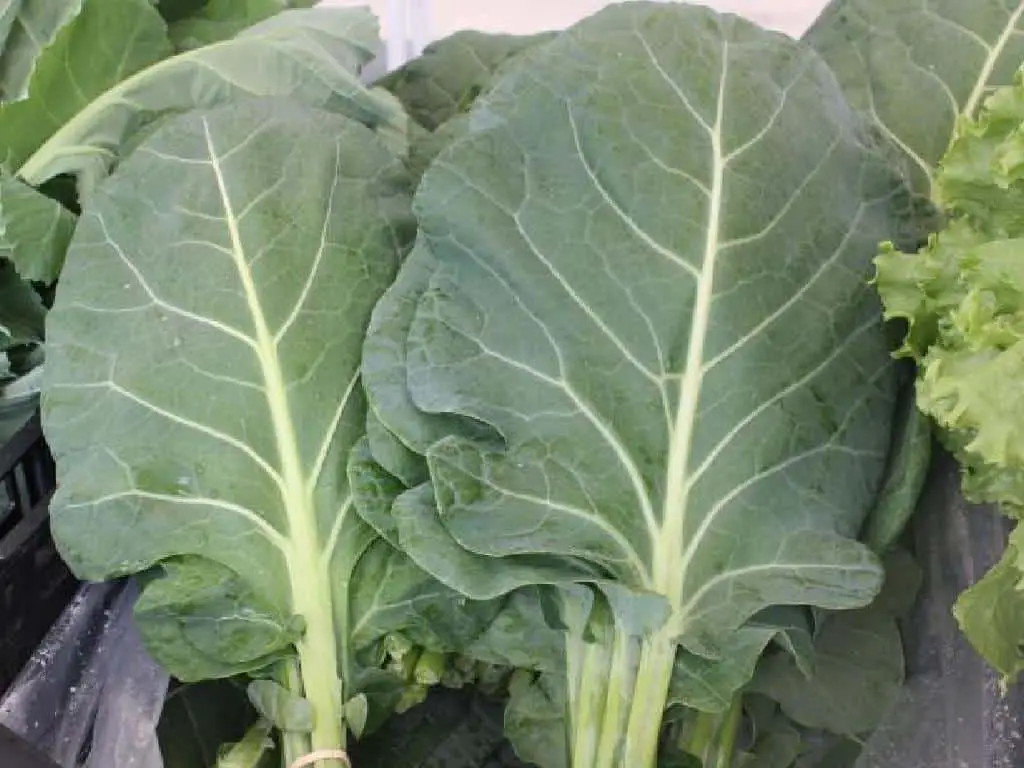
Have you ever looked at a bunch of Brussels sprouts and wondered if there’s more to these mini cabbages than meets the eye? Well, prepare to be pleasantly surprised because today we’re diving into the world of Brussels sprout leaves. Yes, you heard that right—the leaves! It turns out, these vibrant green gems are not only edible but also packed with a multitude of health benefits that are sure to leave you wanting more.
So, can you eat Brussels sprout leaves? The answer is a resounding “Yes!” You can absolutely eat Brussels sprout leaves. In fact, the leaves are often considered a delicacy in many culinary circles.
We’ll unravel the mystery surrounding these often-overlooked leaves and explore the amazing advantages they bring to the table. From being a vitamin powerhouse to boasting antioxidant properties, Brussels sprout leaves are nature’s gift to our well-being.
So, if you’re curious to learn how to unlock the full potential of this humble vegetable and discover mouthwatering ways to incorporate Brussels sprout leaves into your diet, keep reading. Prepare to be enlightened and tantalize your taste buds with the wonders of Brussels sprout leaves!
Overview of Brussels Sprout Leaves
Brussels sprout leaves, just like the sprouts themselves, come from the Brussels sprout plant (Brassica oleracea var. gemmifera). These leaves, often overlooked, are not only edible but also possess their own unique characteristics.
They have a vibrant green color and a mild, slightly bitter taste reminiscent of other cruciferous vegetables. Historically, Brussels sprout leaves have been utilized in cooking, particularly in traditional dishes from regions where this vegetable is popular.
Varieties of Brussels Sprout Leaves
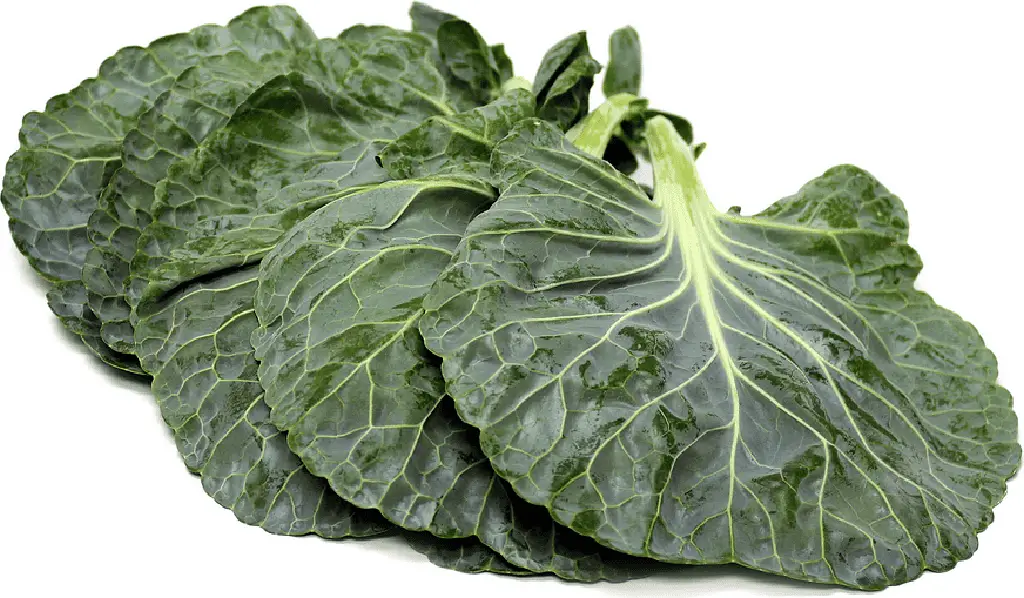
When it comes to Brussels sprout leaves, there is more than meets the eye. While the round, compact Brussels sprouts are the most well-known part of the plant, the leaves surrounding these sprouts are equally noteworthy.
In fact, there are different varieties of Brussels sprout leaves, each with its own unique characteristics and flavors. Let’s take a closer look at some of these varieties and discover the culinary possibilities they offer.
- Loose-leaf Varieties: Some Brussels sprout plants have loose, frilly leaves that resemble traditional leafy greens like kale or collard greens. These varieties often have a milder flavor compared to the sprouts themselves. The leaves can be enjoyed raw in salads, lightly sautéed, or even used as a nutritious wrap for fillings. Their delicate texture and subtle taste make them a versatile addition to a variety of dishes.
- Savoy Varieties: Savoy Brussels sprout leaves are known for their crinkled, wrinkled appearance. These leaves have a slightly more robust flavor compared to other varieties. Due to their textured surface, Savoy leaves can hold onto sauces and dressings, making them ideal for roasting or braising. The wrinkles in the leaves also provide nooks and crannies that capture flavors, resulting in a delectable dining experience.
- Red Varieties: Some Brussels sprout plants yield leaves with a striking red or purple hue. These vibrant leaves add a pop of color to any dish and can be used as a visually appealing garnish. Red Brussels sprout leaves are often slightly more bitter than their green counterparts, but their bitterness can be balanced with other ingredients or by cooking them. Incorporate these leaves into salads, stir-fries, or even use them as a wrap for a colorful and nutritious meal.
- Baby Leaf Varieties: Brussels sprout leaves can be harvested at an earlier stage, when they are still tender and small. These baby leaves have a milder flavor and a delicate texture, making them perfect for raw preparations. Baby Brussels sprout leaves can be used as a base for salads, added to smoothies for a nutrient boost, or even used as a substitute for lettuce in wraps and sandwiches.
- Stem Varieties: While Brussels sprout stems are not technically leaves, they are an integral part of the plant and offer their own unique attributes. Brussels sprout stems are thick, fibrous, and can be sliced and cooked similarly to other cruciferous vegetable stems like broccoli or cauliflower. They add a satisfying crunch and a touch of sweetness to stir-fries, roasted vegetable medleys, or even pickled for a tangy treat.
These various varieties of Brussels sprout leaves provide an array of flavors, textures, and culinary possibilities. Experimenting with different types can add excitement and depth to your dishes. So, next time you come across Brussels sprout leaves in the market, embrace their versatility and explore the world of flavors they have to offer.
Nutritional Composition of Brussels Sprout Leaves
Brussels sprout leaves pack a powerful nutritional punch. They are low in calories but rich in essential nutrients. Let’s take a closer look at their nutritional composition:
Macronutrients and their quantities
| Macronutrients | Quantity per 100g |
| Calories | 45 |
| Carbohydrates | 7.88g |
| Protein | 3.38g |
| Fat | 0.78g |
| Fiber | 3.80g |
Essential vitamins and minerals found in the leaves
- Vitamin K: Brussels sprout leaves are an excellent source of vitamin K, which plays a crucial role in blood clotting and bone health.
- Vitamin C: These leaves provide a substantial amount of vitamin C, an antioxidant that supports immune function and collagen production.
- Folate: Brussels sprout leaves contain folate, an essential B-vitamin important for DNA synthesis and cell growth.
- Iron: The leaves are a good source of iron, a mineral vital for oxygen transport and energy production.
- Calcium: Brussels sprout leaves contribute to your calcium intake, supporting bone health and muscle function.
Phytochemicals and antioxidants present in Brussels sprout leaves
Brussels sprout leaves contain various phytochemicals and antioxidants, including:
- Glucosinolates: These compounds are known for their potential anti-cancer properties and are found in cruciferous vegetables.
- Flavonoids: Brussels sprout leaves contain flavonoids, which act as antioxidants, helping to protect cells from oxidative damage.
- Carotenoids: These plant pigments have antioxidant properties and contribute to the vibrant color of the leaves.
Health Benefits of Eating Brussels Sprout Leaves
Beyond their nutritional value, Brussels sprout leaves offer numerous health benefits. Here are some of the advantages you can gain by incorporating them into your diet:
Promotion of Digestive Health
The fiber content in Brussels sprout leaves supports healthy digestion by promoting regular bowel movements and preventing constipation. Additionally, the leaves contain compounds that may contribute to gut health by supporting the growth of beneficial bacteria.
Potential Anti-inflammatory Properties
Certain compounds found in Brussels sprout leaves possess anti-inflammatory properties, which may help reduce chronic inflammation in the body. Chronic inflammation is associated with various health conditions, including heart disease, diabetes, and certain cancers.
Support for Immune Function
Brussels sprout leaves are packed with immune-supporting nutrients like vitamin C and antioxidants. These components help strengthen your immune system, protecting you against infections and supporting your overall health.
Contribution to Cardiovascular Health
The combination of fiber, antioxidants, and phytochemicals found in Brussels sprout leaves may help reduce the risk of cardiovascular diseases. These components work together to promote healthy cholesterol levels, regulate blood pressure, and support proper blood vessel function.
Anticancer Properties of Brussels Sprout Leaves
Brussels sprout leaves contain glucosinolates, compounds that have been linked to potential anticancer effects. Studies suggest that consuming cruciferous vegetables, including Brussels sprout leaves, may help reduce the risk of certain cancers, such as lung, colorectal, and breast cancer.
Cooking and Preparing Brussels Sprout Leaves
Now that we understand the nutritional value and health benefits of Brussels sprout leaves, let’s explore how to prepare and enjoy them in your meals.
Harvesting and Cleaning the Leaves
To harvest Brussels sprout leaves, gently remove them from the stalk, starting from the lower portion and working your way up. Choose leaves that are vibrant and free from blemishes. Wash the leaves thoroughly under cool running water to remove any dirt or debris.
Different Cooking Methods for Brussels Sprout Leaves
Brussels sprout leaves can be cooked using various methods to enhance their flavor and texture. Here are a few popular cooking techniques:
- Sautéing: Heat some olive oil or butter in a pan, add the leaves, and sauté them until they become tender and slightly wilted.
- Steaming: Place the leaves in a steamer basket over boiling water and steam them until they are tender yet retain their vibrant color.
- Roasting: Toss the leaves with olive oil and seasonings of your choice, and spread them on a baking sheet. Roast them in the oven until they turn crispy and golden.
Recipe Ideas and Culinary Inspiration
Here are a few delicious ways to incorporate Brussels sprouts into your meals:
- Brussels Sprout Leaf Salad: Create a refreshing salad by combining torn Brussels sprout leaves, mixed greens, cherry tomatoes, roasted nuts, and a light vinaigrette.
- Sautéed Brussels Sprout Leaves with Garlic: Sauté the leaves with minced garlic, a squeeze of lemon juice, and a pinch of red pepper flakes for a simple and flavorful side dish.
- Brussels Sprout Leaf Wraps: Use the leaves as a healthy alternative to tortillas or lettuce wraps. Fill them with your favorite protein, veggies, and condiments for a nutritious and satisfying meal.
Culinary Uses of Brussels Sprout Leaves
Brussels sprout leaves offer a delightful addition to various culinary creations. Here are some creative ways to incorporate them into your meals:
Incorporating Leaves into Salads and Slaws
- Chop or tear Brussels sprout leaves and mix them with other salad greens for added texture and flavor.
- Create a Brussels sprout slaw by thinly slicing the leaves and combining them with shredded cabbage, carrots, and a tangy dressing.
- Massage the leaves with a citrus vinaigrette to tenderize them slightly before using them in salads.
Sautéing and Stir-Frying Brussels Sprout Leaves
- Heat olive oil or butter in a pan, add Brussels sprout leaves, and sauté them until they become tender and slightly wilted.
- Add minced garlic, a squeeze of lemon juice, and a pinch of red pepper flakes for extra flavor.
- Stir-fry the leaves with your favorite vegetables and proteins for a quick and nutritious meal.
Blending Leaves into Soups or Smoothies
- Blend Brussels sprout leaves into hearty vegetable soups for an extra boost of nutrients.
- Add a handful of leaves to your green smoothies for a vibrant color and added nutritional benefits.
Experiment with different cooking methods and flavor combinations to find your favorite ways of incorporating Brussels sprout leaves into your dishes.
Potential Risks or Considerations when Consuming Brussels Sprout Leaves
While Brussels sprout leaves are generally safe to eat and offer numerous health benefits, there are a few considerations to keep in mind:
Allergies and Sensitivities to Brassicas
Brussels sprouts belong to the brassica family, which includes other vegetables like cabbage, broccoli, and kale. If you have known allergies or sensitivities to these vegetables, exercise caution when consuming Brussels sprout leaves.
Oxalate Content and its Impact on Kidney Health
Brussels sprout leaves, like other leafy greens, contain oxalates. These compounds can contribute to the formation of kidney stones in susceptible individuals. If you have a history of kidney issues or are following a specific diet, it’s advisable to moderate your intake of oxalate-rich foods and consult with a healthcare professional for personalized guidance.
Proper Cooking Techniques to Minimize Potential Risks
Cooking Brussels sprout leaves can help reduce the levels of certain compounds that may pose potential risks. Boiling or blanching the leaves briefly before consuming them can be beneficial, as it can help remove some of the naturally occurring goitrogens and improve their digestibility.
Sustainable Aspects of Consuming Brussels Sprout Leaves
Embracing Brussels sprout leaves in your diet can contribute to a more sustainable and eco-friendly approach to food. Consider the following aspects:
Utilizing the Entire Plant for Reduced Waste
By using Brussels sprout leaves in your meals, you can reduce food waste and make the most of the entire plant. Incorporate the leaves into your dishes alongside the sprouts to enjoy the full range of flavors and nutrients.
Conclusion
Brussels sprout leaves are not only edible but also a fantastic addition to your diet. Packed with vitamins, minerals, antioxidants, and fiber, they offer numerous health benefits. Whether you enjoy them raw in salads, sautéed as a side dish, or used as a wrap, Brussels sprout leaves can add variety, flavor, and nutrition to your meals. So, don’t let those beautiful leaves go to waste—incorporate them into your cooking repertoire and savor the goodness they provide.
FAQs
Can you eat raw Brussels sprout leaves?
Absolutely! Brussels sprout leaves can be eaten raw in salads. To enjoy them this way, simply thinly slice the leaves and add them to your favorite salad mix. Their slightly bitter taste adds a unique twist to your salad creations.
Are Brussels sprout leaves more nutritious than the sprouts?
Brussels sprout leaves and sprouts both offer nutritional benefits, but the leaves tend to have a higher concentration of certain nutrients. However, both parts of the vegetable contribute to a well-rounded diet and can be enjoyed together for maximum nutrition.
Are Brussels sprout leaves bitter?
Yes, Brussels sprout leaves have a slightly bitter taste. However, when cooked, this bitterness tends to mellow, resulting in a more enjoyable flavor. The bitterness can also be balanced by pairing the leaves with other ingredients or using seasonings such as salt, pepper, or a squeeze of lemon juice.
Can you freeze Brussels sprout leaves?
Yes, you can freeze Brussels sprout leaves for future use. It is recommended to blanch them in boiling water for a couple of minutes, then transfer them to an ice bath to stop the cooking process. Drain the leaves, pat them dry, and store them in airtight freezer bags or containers. Properly frozen Brussels sprout leaves can maintain their quality for several months.
Can I substitute Brussels sprout leaves for other greens in recipes?
Yes, you can substitute Brussels sprout leaves for other greens in recipes. Their slightly bitter taste and sturdy texture make them a great alternative in dishes that call for greens like kale, collard greens, or Swiss chard. Experiment and get creative with the versatility of Brussels sprout leaves in your favorite recipes.
Are organic Brussels sprout leaves more beneficial?
Organic Brussels sprout leaves can be a great choice if you prefer to reduce exposure to pesticides and chemicals. While the nutritional content may not differ significantly, opting for organic varieties can support sustainable farming practices and promote environmental well-being.
Can I give Brussels sprout leaves to my pets?
While Brussels sprout leaves are generally safe for pets, it’s essential to consult with a veterinarian before introducing them to your pet’s diet. Some animals may have specific dietary restrictions or sensitivities, so it’s best to ensure that Brussels sprout leaves are suitable for your pet and given in moderation.
Are there any specific cooking techniques that preserve the nutritional value of the leaves?
To preserve the nutritional value of Brussels sprout leaves, it’s advisable to use cooking methods that retain their texture and limit nutrient loss. Lightly sautéing or steaming the leaves for a short time can help preserve their vitamins, minerals, and antioxidants.
Where can I find Brussels sprout leaves if they are not available in my local grocery store?
If Brussels sprout leaves are not available at your local grocery store, try checking farmers’ markets or specialty stores that offer a wider variety of fresh produce. You can also consider growing Brussels sprouts in your garden and harvest the leaves yourself for an abundant supply.

